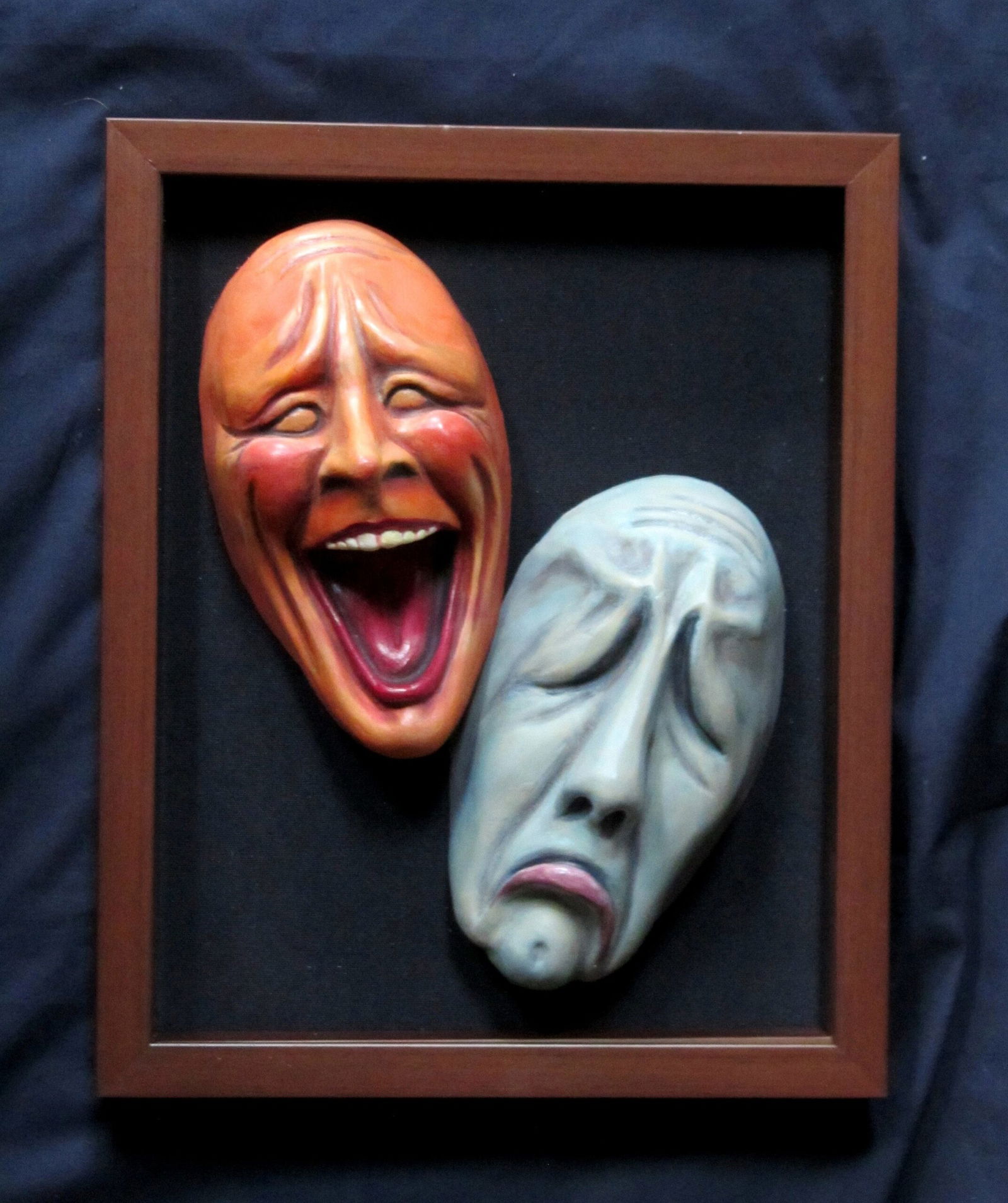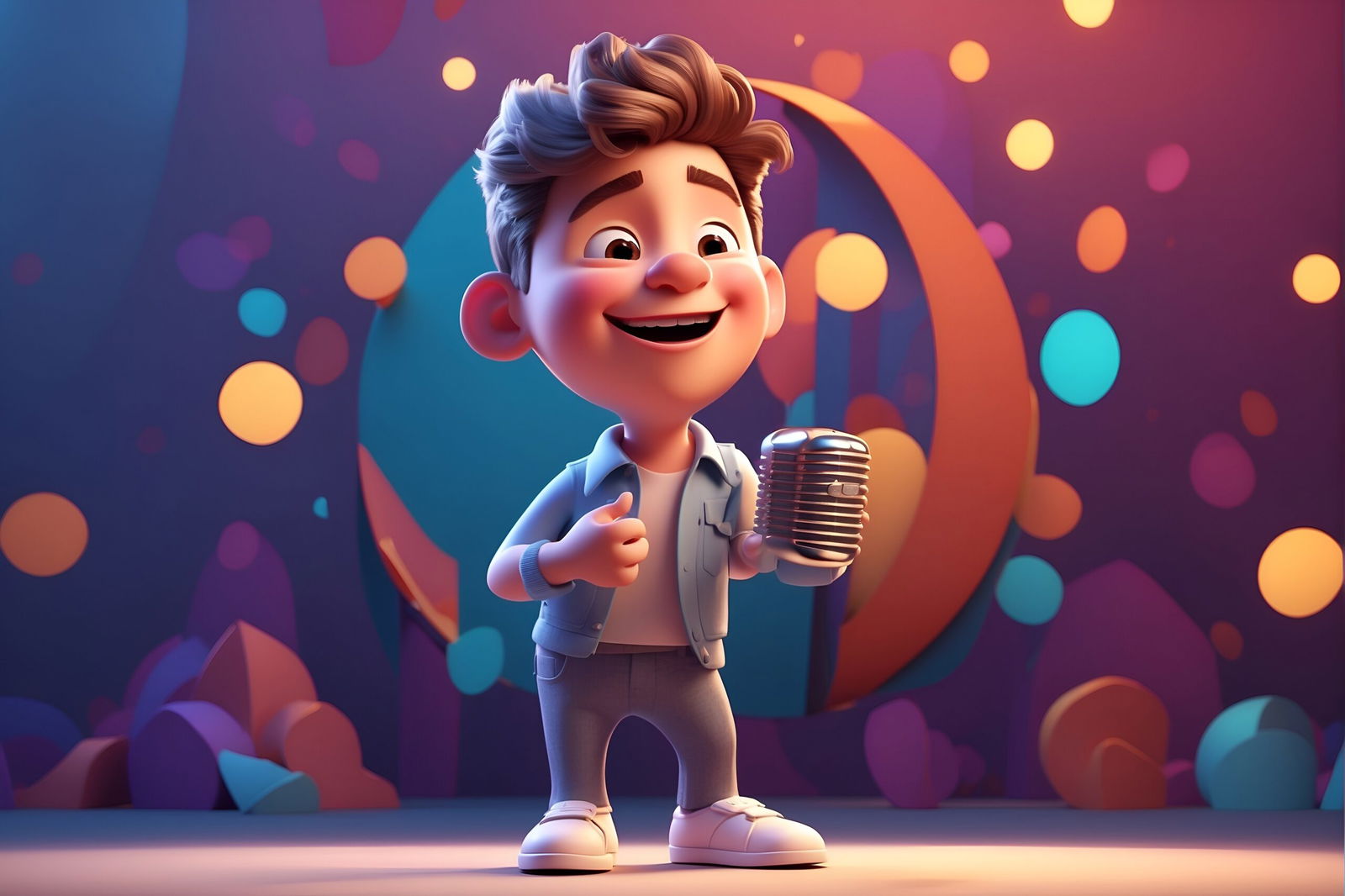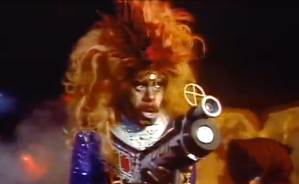Make Funny Jokes Funnier Series
In this comedy writing article, Create Funnier Jokes About You,” I’ll show why making yourself the subject of your jokes and stand-up comedy routines helps you write funnier jokes and improves the quality of the audience response.

Table of Contents
The interesting phenomenon is that those jokes are often phrased as if the person making the observation isn’t involved. Since you’re the one identifying what’s funny, include yourself in the joke or routine.
When a joke is written in 3rd Person, there’s a detachment that occurs because you’re talking about something out there. Whereas when you’re involved in the experience it changes how the audience perceives and responds to you.
An audience lives vicariously through the jokes and routines. Not just the wording, but also through how you respond to the situations and circumstances of the story. Even one-liner jokes are mini-stories, and the audience takes their cue from the comedian’s reactions on how to respond.
This means part of the humor is in how you emotionally respond to the happenings within the joke or routine. It’s much easier to respond to these events when the joke is written with you being involved.
Here are several reasons to write funnier jokes about you:
Includes Your Reactions
My student Vicki L had written a joke about older women lying about their age. Here it is:
“I’ve met some older ladies who’d say they were only 39.” (no laugh)
“Maybe their boobs are size 39.” (laugh)
39 Long.” (bigger laugh).
This got good laughs. I suggested she rephrase the joke about her own plight in her senior years. Well here it is:
“I’m 39.” (laugh)

“Okay, that’s my boob size.” (bigger laugh)
“39 Long.” (huge laugh).
When Vicki made this joke about herself, the wording became much shorter. It also added the elements of making fun of herself, the crisis of dealing with her changing body, and the embarrassment. All of these enhanced the delivery of the joke. Essentially the same joke got twice the volume of laughter.
The audience wasn’t just laughing at the joke, they were laughing at her reactions.
More Authentic and Funnier Jokes
The next example of how to write funnier jokes comes from my student Algernon Perry, a black guy who lived in South Central Los Angeles. At first, he wrote this joke with general wording.
“Everybody in my neighborhood knows the worst gang members roaming the streets are the badasses wearing the color blue. The LAPD.”
He’s talking about “everybody” and “gang members” and “badasses.” He’d left out the most important person’s response to living in a dangerous part of town…his own. When I suggest he make the joke about how he felt, here’s the result:
“In the hood, I’m terrified of the ruthless gang in blue. The LAPD.”
Again, the wording is more precise and It’s clearly a believable joke about the fact that he’s more afraid of the police than the Crypts. It’s not just funny, it’s culture-baring.
Builds Your Comedic Character
Audiences not only want to laugh, but they also want to get to know you. The more they laugh, the more they like you. They get to hang with a funny person and they crave more involvement. They do this by getting to know you as the person you present on stage. This is your Comic Character.
It’s not a character, per se, but rather a person with characteristics they laugh at. This Comic Character emanates from a consistent series of values and beliefs.
We are all a product of our values and beliefs. For instance, you value comedy enough to spend your time reading this article. It furthers your understanding of something you’re drawn to.
The audience learns about these values and beliefs through your stand-up comedy material and by your opinions and emotional responses to the circumstances of your jokes and routines.
When you write funnier jokes about you, you’re giving the audience the opportunity to glimpse into your view of the world. When this view consistently reveals your perspective through humor, this creates a Comic Character.
You have one thing no one else in the world has. Your life experiences and comedic take on the world we all live in. When you make your comedy material about you, the audience gets to live a bit of your values and beliefs through laughter.
Audiences Empathize
To empathize with someone means you understand and share the feelings and emotions of another person. Empathy involves putting yourself in someone else’s situation and perceiving the world from their perspective.
When the comedy material is about you, the audience gains a deeper understanding of your experiences and feelings. The audience feels a sense of compassion and connection.
Even if they’ve never dealt with the specific situations in your jokes, they can generalize to understand the crisis of something not within their control, like aging. Or how exhausting it is to live in fear of those who should protect us. They find their own version of these experiences. They feel your pain. And are glad they are not you.
I’m not suggesting you make every single joke about you. If it’s not true or can’t be true, then don’t force it. Yet, when you bring the audience into your world, they will love you for it.
In this joke and routine writing article, you’ve discovered comedy material can be made funnier by including your responses, increasing authenticity, revealing your comic character, and enhancing audience empathy. These specifics can make your jokes and comedy routines funnier.
Previously in this series, “How to Write Funnier Jokes” you’ve learned:
- Tip 1 – Short Setups and Punchlines
- Tip 2 – End Punchlines with the Reveal
- Tip 3 – K-Words to Improve Punchlines
- Tip 4 – Localize Comedy Routines
- Tip 5 – Strong Punchlines are Negative
- Tip 6 – Put Puns in the Setups
- Tip 7 – Eliminate Comic’s Cliches
- Tip 8 – Exciting Specifics Make Jokes Funnier
In the next stand-up comedy routine writing article, Tip 10 – Act Out Funny Stories, I’ll show how turning jokes into scene work can make them funnier because for the audience it’s as if they’re happening in the present.
Greg Dean’s Stand-Up Comedy Classes
Greg teaches his techniques in two classes. Level 1: How to Build a Stand Up Comedy Routine is the beginning class (also called the “101 class”) and the “Advanced Joke Writing & Performing at the Improv” (also known as the “201 class”).
Even though these classes are named a beginning and advanced, they are actually classes that stand up comedians of any number of years of experience can take. They are beginning and advanced in the Greg Dean system. If you’re interested in faster and better ways to create good jokes and you want to dive deeper on joke writing then you’ll want to take both of these classes.
Free How to Build a Stand-Up Comedy Routine Webinar

Are you ready to fast-track your stand-up comedy career? In this on-demand webinar, discover proven techniques and skills that can shave years off your journey to success! Learn how the pros build a compelling and hilarious stand-up routine with expert guidance. Don’t miss out on this chance to see how you can achieve your dreams faster.










